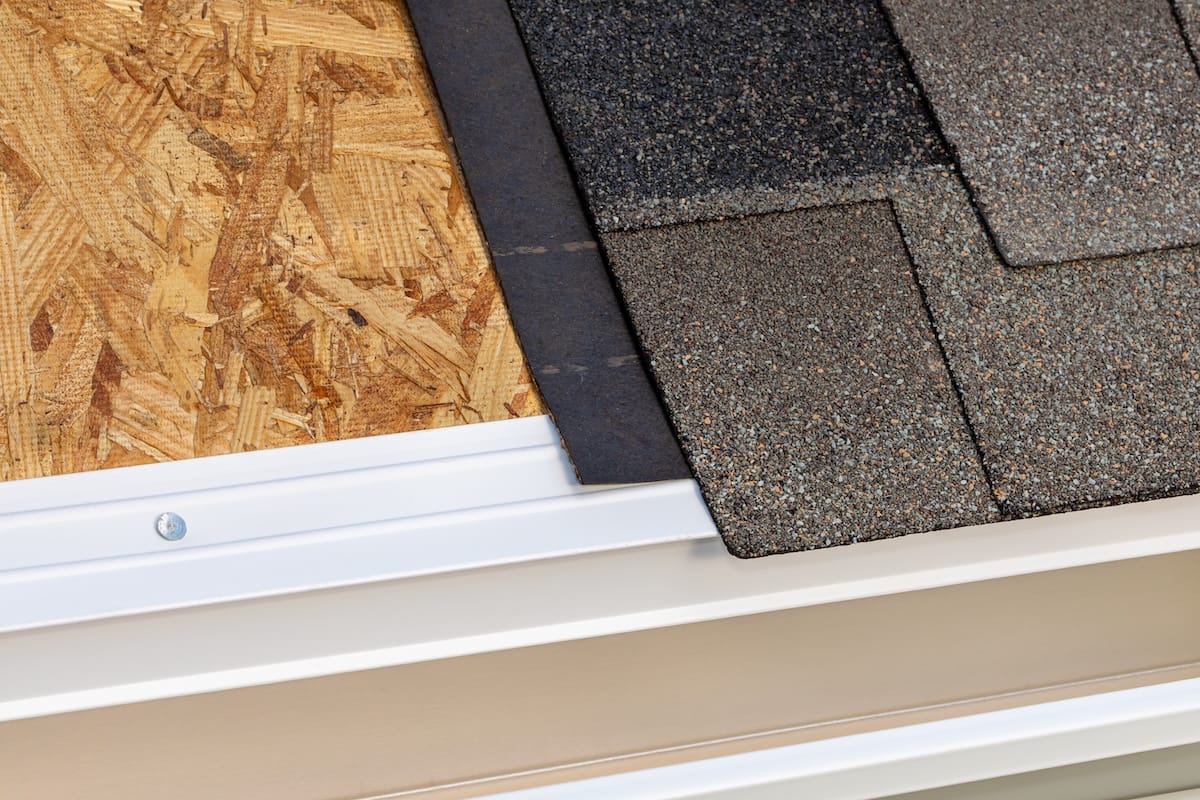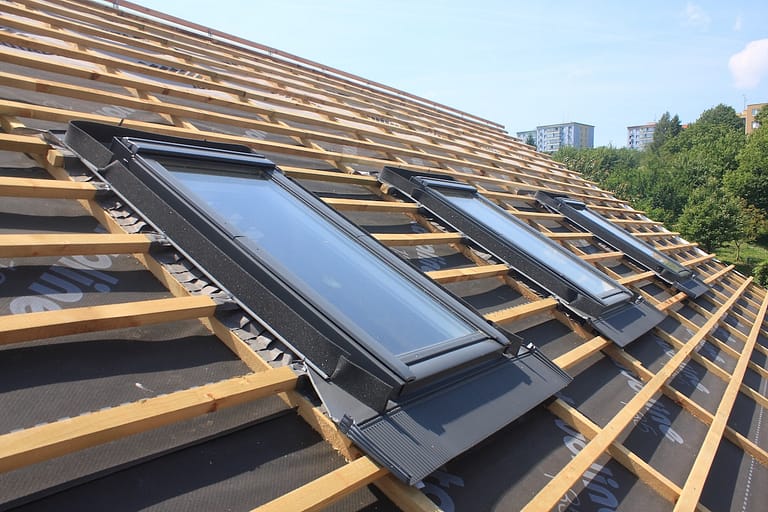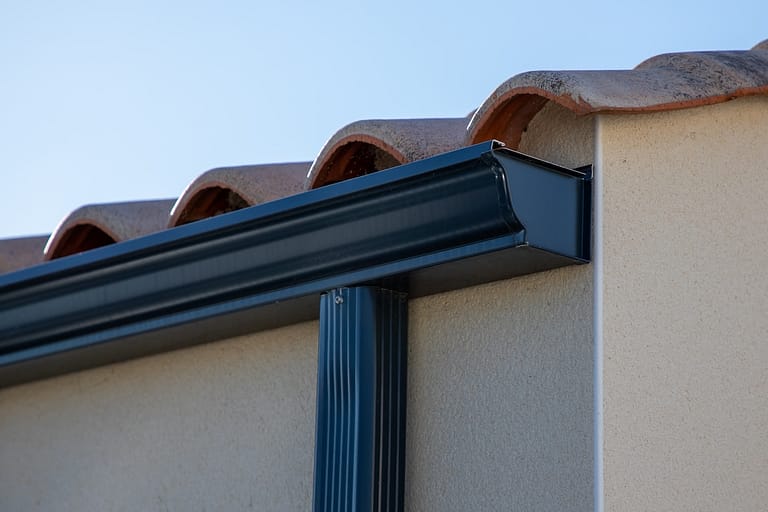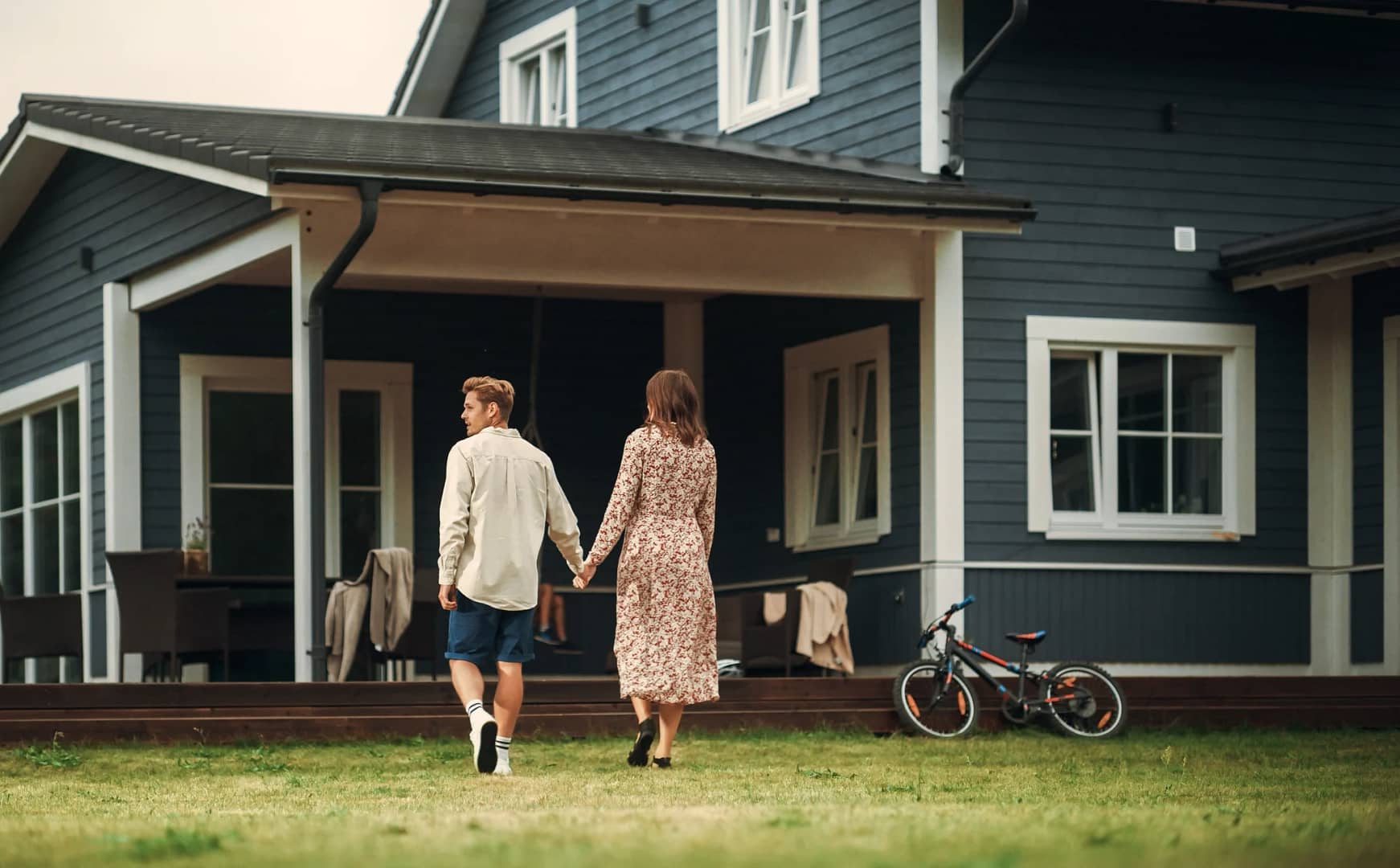Roof sheathing is the critical layer of material that sits beneath your shingles or other roofing finishes, creating the foundation that holds everything together. Whether you’re repairing storm damage, building a new home, or simply replacing an old roof, understanding roof sheathing can help you make informed decisions. Here’s what you’ll learn in this guide:
- The most common materials used for roof sheathing
- The benefits roof sheathing offers for your home’s structure and safety
- How professional installation ensures long-lasting protection
🤔 What Is Roof Sheathing?
Roof sheathing, also known as roof decking, refers to the panels that are fastened to the roof trusses or rafters to form a base for the roofing materials. These panels provide structural support and a surface for shingles or other coverings. Sheathing plays an important role in maintaining your roof’s integrity and durability.
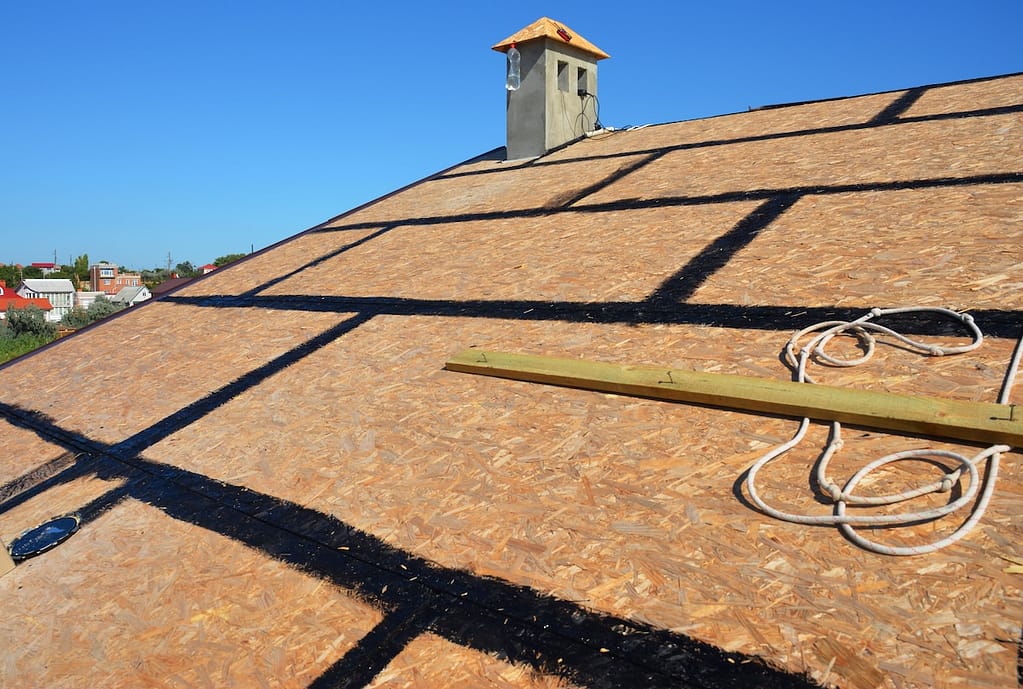
Functions of Roof Sheathing
- Support for roofing materials: Without a stable base, shingles, tiles, or metal roofing would not stay secure.
- Weather resistance: Sheathing adds an extra layer of defense against wind, rain, and snow.
- Weight distribution: It spreads the load evenly across the roof’s frame, helping prevent sagging or collapse.
Common Sheathing Sizes and Codes
Roof sheathing typically comes in standard 4×8 foot sheets. Thickness usually ranges from 3/8 inch to 3/4 inch, depending on local building codes and roofing type. Most municipalities follow IRC (International Residential Code) standards, which provide guidance on acceptable materials and installation methods.
🪵 Types of Roof Sheathing Materials
Choosing the right sheathing material can influence your roof’s performance, lifespan, and resistance to the elements.
Plywood
Plywood is a popular choice due to its strength and flexibility. Made by gluing together multiple layers of wood veneer, it resists warping and splitting under stress.
- Performs well in humid conditions
- Comes in various grades to match your budget
- Easy to install and widely available
Oriented Strand Board (OSB)
OSB has gained popularity as a cost-effective alternative to plywood. It consists of compressed wood strands bonded with resin.
- More affordable than plywood
- Uniform consistency across panels
- Holds up well under normal roofing conditions
Tongue and Groove Boards
Tongue and groove boards were more common in older homes and high-end custom builds. They interlock to form a solid surface.
- Strong and visually appealing
- Often used when the underside of the roof will be exposed
- Requires more labor and may be costlier
Metal or Composite Panels
In some cases, specialized sheathing like metal or composite panels is used, especially in high-end or commercial builds.
- High resistance to moisture and pests
- Lightweight and durable
- More expensive and less common for standard homes
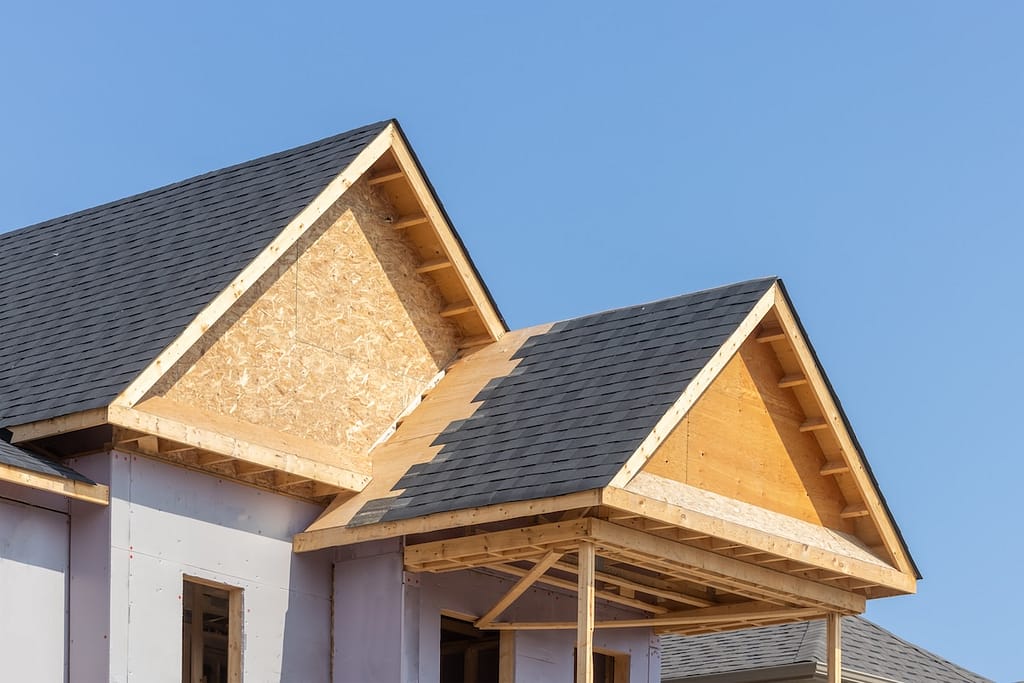
✅ Benefits of Roof Sheathing
The advantages of quality roof sheathing go far beyond just holding up your shingles.
Structural Stability
Good sheathing increases the roof’s strength and ensures that the entire system stays intact during high winds or heavy snowfall.
Moisture Protection
Roof sheathing helps prevent leaks and moisture infiltration, which can lead to mold, rot, or insulation damage.
Energy Efficiency
Some sheathing materials come with radiant barriers or insulation features that can improve your home’s overall energy performance.
- Lower heating and cooling bills
- Reduced strain on HVAC systems
- Increased indoor comfort year-round
Roof Sheathing Installation
Proper installation is essential for maximizing the performance of your roof. This process should always be handled by experienced roofing professionals.
Preparation and Inspection
Before installing new sheathing, the roofing team will inspect your existing roof structure for damage or deterioration.
- Remove old or damaged sheathing
- Check for rot in rafters or trusses
- Ensure the frame can support the new load
Installation Process
Installing roof sheathing follows a methodical process to ensure durability and compliance with code.
- Measure and cut panels to fit across the roof’s structure
- Lay panels staggered for maximum support and to reduce seam lines
- Secure panels with nails or screws at regular intervals
- Install moisture barriers like underlayment or vapor wrap
- Inspect for gaps or uneven surfaces that might affect shingle installation
Common Mistakes to Avoid
- Using the wrong thickness for your climate or roofing material
- Not aligning panels correctly, which can weaken structural integrity
- Failing to leave expansion gaps between panels, especially with OSB
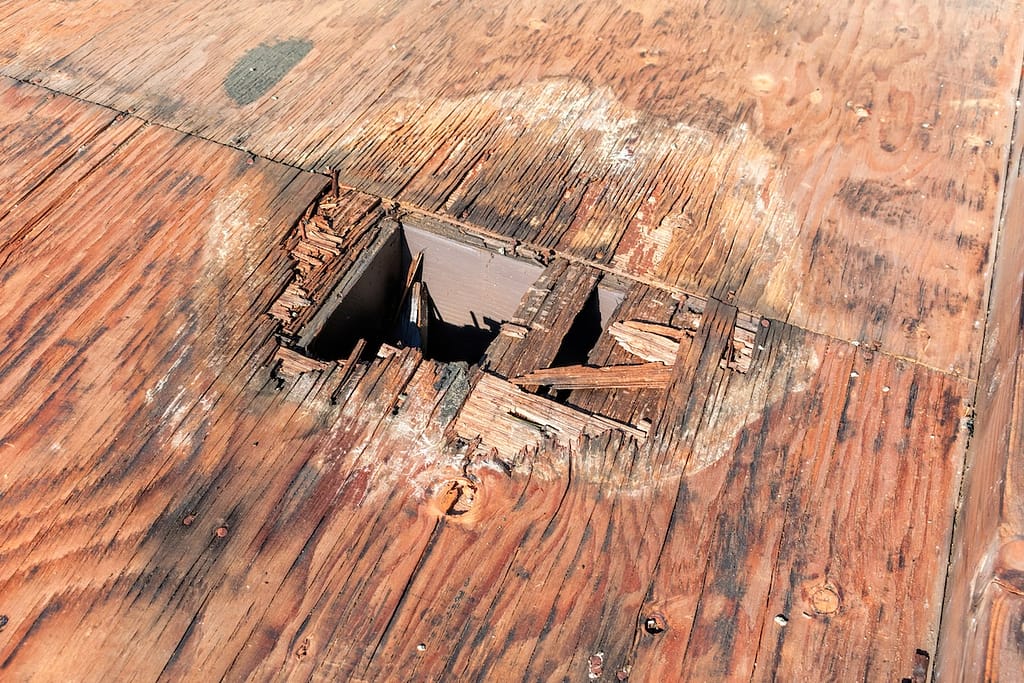
⚠️ Signs You Need New Roof Sheathing
If you’re not sure whether your home needs new roof sheathing, look out for these indicators.
- Water Damage or Leaks: Frequent leaks or water spots on your ceiling may indicate that moisture has penetrated the sheathing.
- Sagging Rooflines: A sagging or uneven roof surface could signal weakened or failing roof decking.
- Mold or Mildew in Attic: If you notice mildew smells or visible mold in your attic, your sheathing may be absorbing moisture.
- Increased Energy Bills: Unexpected spikes in your heating or cooling costs may be related to poor insulation caused by failing sheathing.
🤝 Why Choose O’Donnell Roofing Co.
When it comes to roof sheathing, experience matters. At O’Donnell Roofing Co., we have been serving homeowners with dedication and craftsmanship for decades. Our team combines deep industry knowledge with top-quality materials and reliable installation techniques. Here’s why you can trust us:
Roof sheathing may be out of sight, but it’s never out of importance. It forms the strong base your entire roof system relies on and offers protection against the elements, structural integrity, and energy efficiency. Whether you’re building a new home or replacing an old roof, understanding your options can help you choose the best solution.
At O’Donnell Roofing Co., we treat every roof like it’s protecting our own home. From choosing the right materials to performing flawless installations, we bring excellence to every project. Ready to strengthen your roof from the inside out? Contact O’Donnell Roofing Co. today!
